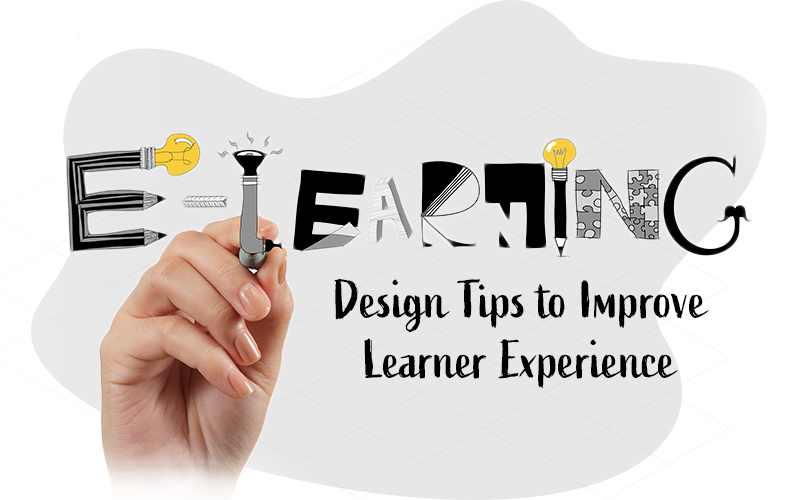Five Proven Tips to Make Your Online Training ‘Learner-Centric’
Read this post for tips on designing learner-centric online training programs.

As an instructor, is your focus only on finishing the classroom training session? As an instructional designer, are you engrossed in the presentation of your course? Where do learners fit in your training activities? If you don’t consider learners’ needs and challenges, your efforts may not bear much fruit and yield the expected results. In a learner-centric training approach, trainees/learners assume an active role in learning. They bring their own methods and strategies of learning into the training system. Learner-centric training is less formal and more customized to meet the learning needs of individuals. It also promotes problem-solving and kinesthetic learning.
Those who understand this paradigm shift can make every possible effort to cater to the custom needs of learners and make a difference in their lives. So, let’s see 5 tips to make your online training learner-centric.
1. Put yourself in the learners’ shoes
Does my training appeal to the learner? What is the learner’s experience after taking the course? When you develop a course/online training, imagine that you are the learner and consider how you will feel about taking the course. If your experience is good, then the course is learner-centric; if it appears as a mere presentation and you lose interest, it’s high time you redesign.
This will change your perspective right from the beginning, i.e., from framing the learning objectives. When you think from the learners’ perspective, you will not say ‘This course consists of…’ instead, you will end up saying “After taking the course, you will be able to …’. How lovely that would be to listen.
Want to know the characteristics of a learner-centric course? Here are 4 attributes.
2. Know your learners
You can conduct a learners’ analysis. This will give you a clear picture of your learners, their demographics, interests, culture, strengths, weaknesses, etc. Once you know your learners well, meeting their needs and addressing their challenges through learning can become an easy task.
3. Bring variety with various mediums
Videos in learning will attract visual learners. Podcasts will help auditory learners. Activities and quizzes can trigger enthusiasm in kinesthetic learners. Providing the same learning content in various forms will appeal to learners with different learning styles. When learners want to just skim through the content to get the gist, they’ll check PDFs; if they have leisure time, but are not in a mood to read, they can watch videos, which provide the same information. You can make onscreen content visually attractive using graphs, infographics, charts, lists, and more.
Want to develop learner centric eLearning courses? Check this infographic for 5 handy tips.
4. Facilitate learning by exploration
Some learners are inquisitive. They prefer learning by exploring the course. Most learners have prior knowledge of any subject. So to provide flexibility, your online course should have ‘Want to know more?’, ‘Further Reading’, ‘Full coverage’, and other options wherever necessary, apart from necessary course content.
Intended to implement eLearning in your organization? Download our free e-book: An Advanced Guide to eLearning Implementation.
5. Include activities
Your learning is not for the sake of knowledge accumulation, but for implementing it in day-to-day activities. So knowledge should be put it into practice. For that, you can incorporate exercises or activities in your e-learning design. This will help learning sync into the learner’s mind and the output will be seen.
The key to a learner-centric training approach is a deeper understanding of your learners. Then your online training will automatically revolve around your learners. All the best!!





